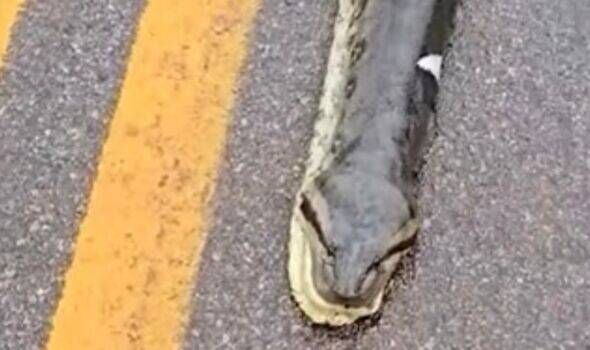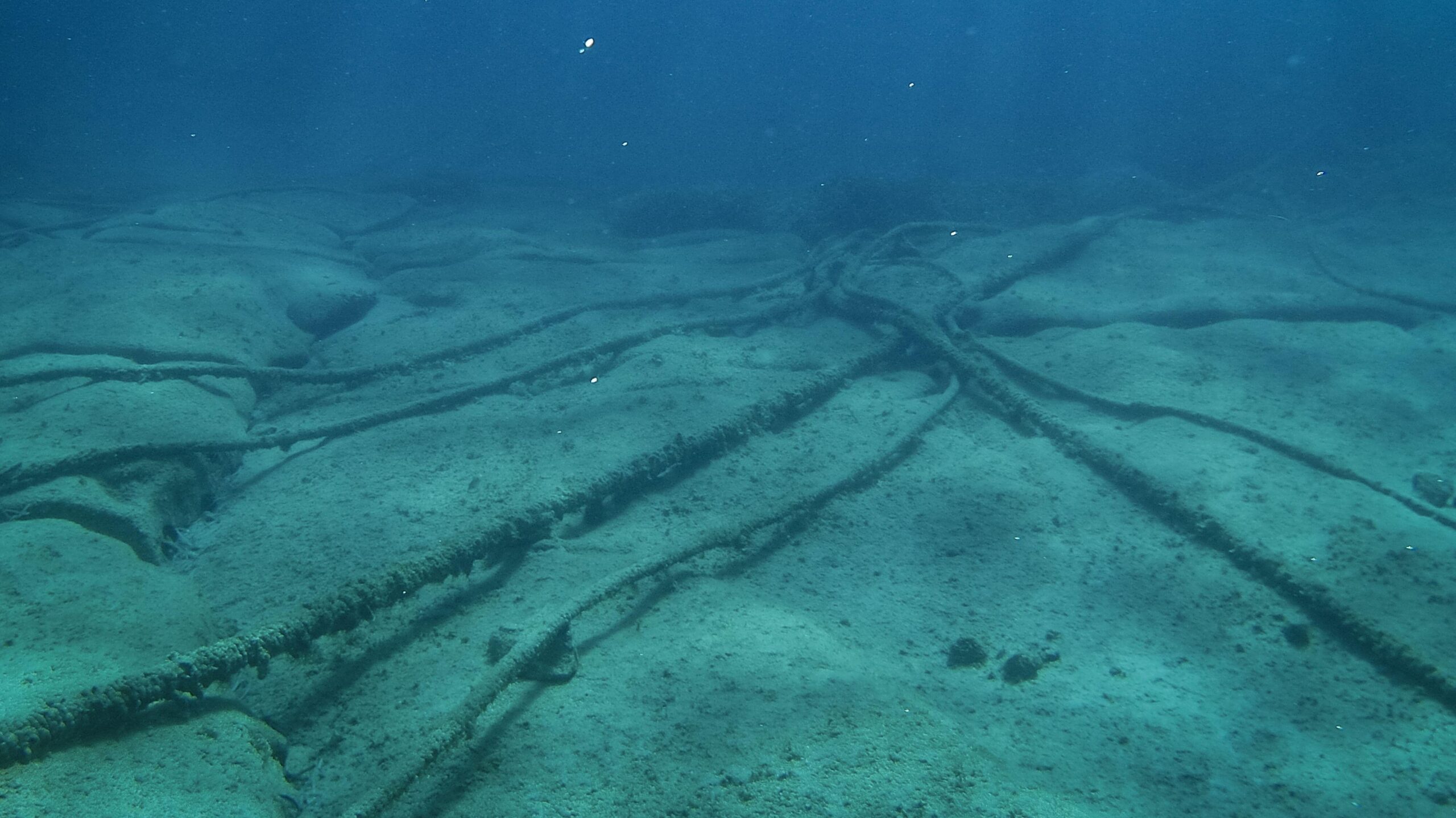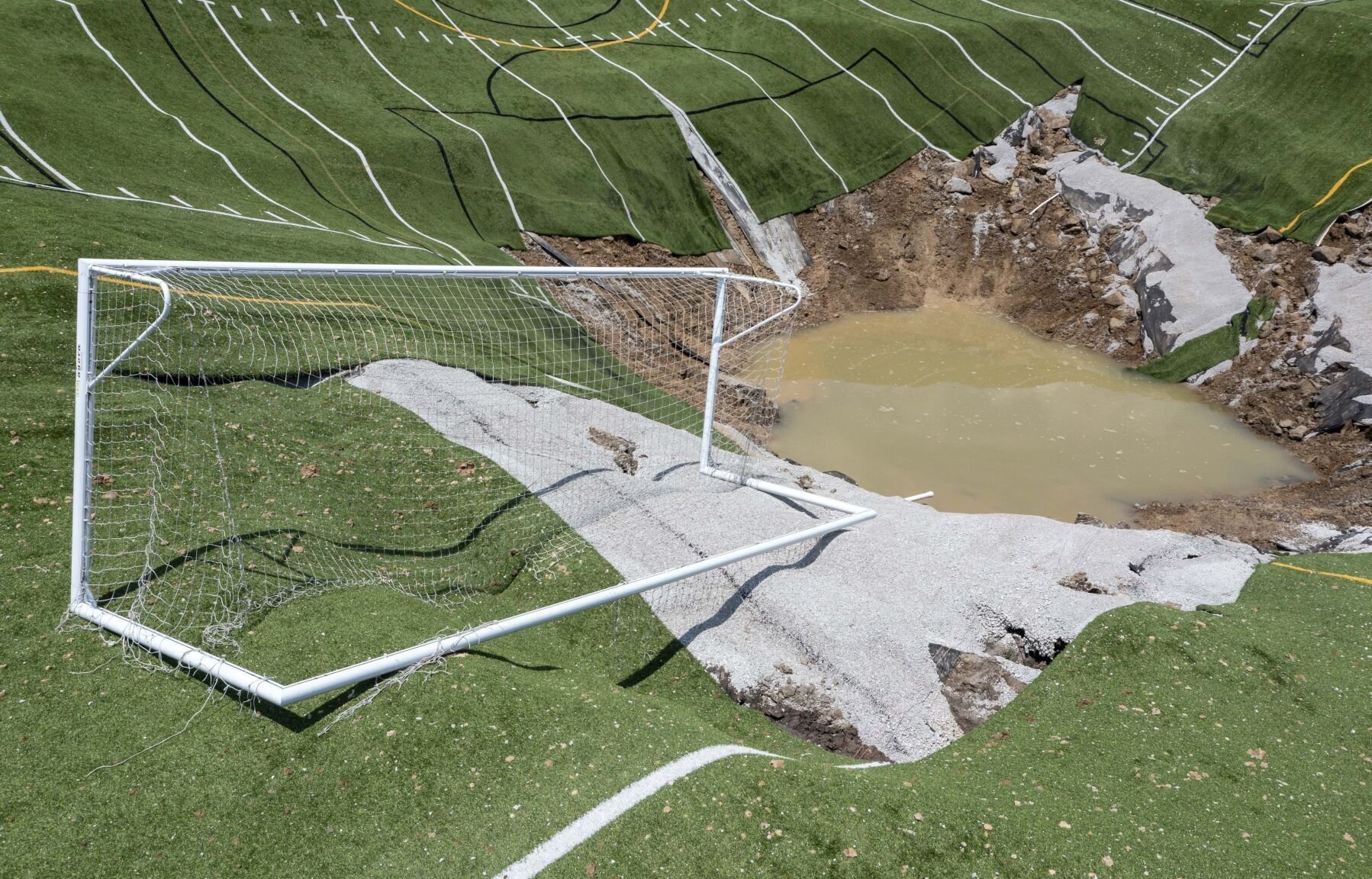A pregnant green anaconda was killed in a road accident in Brazil, resulting in the loss of the mother and her 40 unborn offspring. The incident underscores the environmental impact of wildlife fatalities on roadways.
Monster anaconda run over on street – but what’s inside leaves people ‘terrified’

Key Takeaways:
- Pregnant Anaconda Killed: A vehicle in Mato Grosso ran over a green anaconda, leading to its death.
- Forty Offspring Lost: The snake was carrying 40 unborn young, all of which perished.
- Environmental Impact: Experts note significant ecological consequences due to the loss of a large predator.
- Common Occurrence: Road accidents involving wildlife are frequent, according to specialists.
- Call for Action: Authorities are responsible for implementing measures to mitigate such impacts.
A Tragic Discovery in Mato Grosso
A green anaconda, one of the world’s largest snake species, was found dead on a roadway in Mato Grosso, Brazil, after being struck by a vehicle. The anaconda was pregnant, and the collision resulted in the loss of her 40 unborn offspring, which were scattered across the road.
Unveiling the Scene
Agricultural engineer Adriano Próspero happened upon the grim scene during his travels. “I saw an animal; I thought it was alive and slowed down. When I arrived, it was already dead,” he recounted. Recognizing the significance of the incident, he documented it. His friend, Ederson Negri Antonioli, later shared the footage on Instagram, where it quickly went viral, drawing attention from around the world.
Expert Insights on Environmental Impact
The incident caught the attention of Daniella França, a doctor in zoology specializing in reptiles and amphibians. “It certainly happened at night because the encounter was very early, so the offspring were already dead. It was terrible, a terrifying scene,” she remarked. França noted that such accidents are not uncommon. “Road accidents involving wildlife happen frequently, and the simultaneous death of such a large number has a significant environmental impact,” she explained. “These animals are large predators and help control animal populations.”
The Green Anaconda: A Vital Predator
Green anacondas can reach lengths of about seven meters (over 22 feet), with females often exceeding this average. Known for being non-venomous, they are powerful constrictors and play a crucial role in maintaining the balance of their ecosystems. “While it is not a venomous species, it may attack if it feels threatened,” França noted, emphasizing the importance of respecting wildlife habitats.
The Need for Mitigation Measures
The tragedy has sparked conversations about the need for protective measures for wildlife. The Brazilian Institute of Environment and Renewable Natural Resources (IBAM) is responsible for implementing strategies to mitigate such incidents. Experts suggest that the snake may have been seeking a stream or lake to give birth when it encountered the road. “What we see in the pictures are dozens of snakes apparently ready to be born,” França said.
A Call to Protect Wildlife
The loss of the pregnant anaconda and her offspring highlights the broader issue of human-wildlife interactions and their often devastating consequences. As development encroaches on natural habitats, the risks to wildlife increase. The incident serves as a stark reminder of the vital need for measures that protect these creatures and preserve ecological balance.
Conclusion
The death of a significant predator like the green anaconda not only represents the loss of individual animals but also has far-reaching implications for the environment. It underscores the urgency for authorities and communities to collaborate on solutions that safeguard wildlife and promote coexistence.











